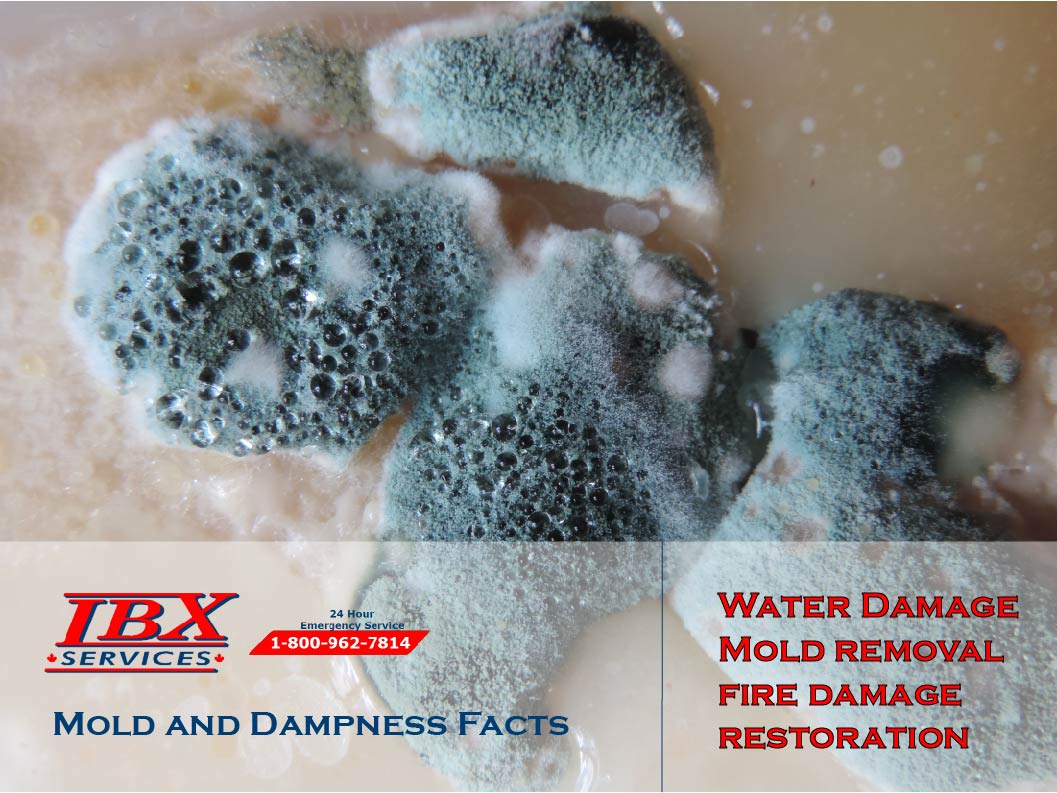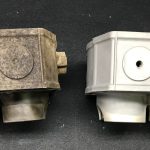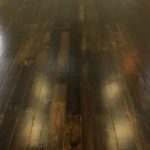There is always some mold everywhere. It grows where there is moisture.
Mold and Your Home
Mold is found in all the houses, indoors and outdoors. There are many routes where it can enter: open doorways, windows, vents, heating and air conditioning systems.
It usually grows in places with a lot of moisture, such as leaks in roofs, windows, or pipes, or where there has been flooding. Mold also grows well on paper products, cardboard, ceiling tiles, and wood products. It is easy for mold to grow in dust, paints, wallpaper, insulation, drywall, carpet, fabric, and upholstery.
How You Can Control Mold
You can control mold growth by:
- Controlling humidity levels;
- Promptly fixing leaky roofs, windows, and pipes;
- Thoroughly cleaning and drying after flooding;
- Ventilating shower, laundry, and cooking areas.
You need to clean up the mold and fix the moisture problem, if there is mold growing in your home, commercial products can remove its growth from hard surfaces. Products like soap and water, or a bleach solution of no more than 1 cup of household laundry bleach in 1 gallon of water can help removing it.
It can be many different colors and also can smell musty and it often looks like spots. There is a health risk present If you can see or smell it. You should remove it, no matter what type it is.
You can’t see the health risks before the effect of mold appears in your health. The best solution is to remove the it and work to prevent future growth.
If you choose to clean up mold by yourself, remember:
- Don’t mix bleach with ammonia or other household cleaners. Mixing bleach with ammonia and other cleaning products will produce dangerous fumes.
- Open doors and windows to provide more fresh air.
- You should wear protective eye wear and non-porous gloves.
- Consult the U.S. Environmental Protection Agency (EPA) if the area to be cleaned is more than 10 square feet.
- When using bleach or any other cleaning product, please always follow the manufacturer’s instructions.
MOLD PREVENTION TIPS
- Use air conditioner or dehumidifier to keep humidity levels as low as possible—no higher than 50%–all the day. Remember that humidity levels change during the day with the changes of moisture in the air. You will need to check the humidity levels more than once a day.
- Make sure your house circulates enough ventilation. Make your clothes dryer vents outside your house.
- Fix the leaks in your house’s roof, walls, or plumbing so it will have no moisture to grow.
- Clean up and dry out your house thoroughly and quickly (within 24–48 hours) after flooding.
- Use proper products to clean the bathrooms.
- Remove or replace carpets that have been soaked during flood.
- Do not use carpet in rooms or areas like bathrooms or basements that may have a lot of moisture.
- To learn more about preventing its growth in your home, see the Environmental Protection Agency’s publication A Brief Guide to Moisture, and Your Home Cdc-pdf











